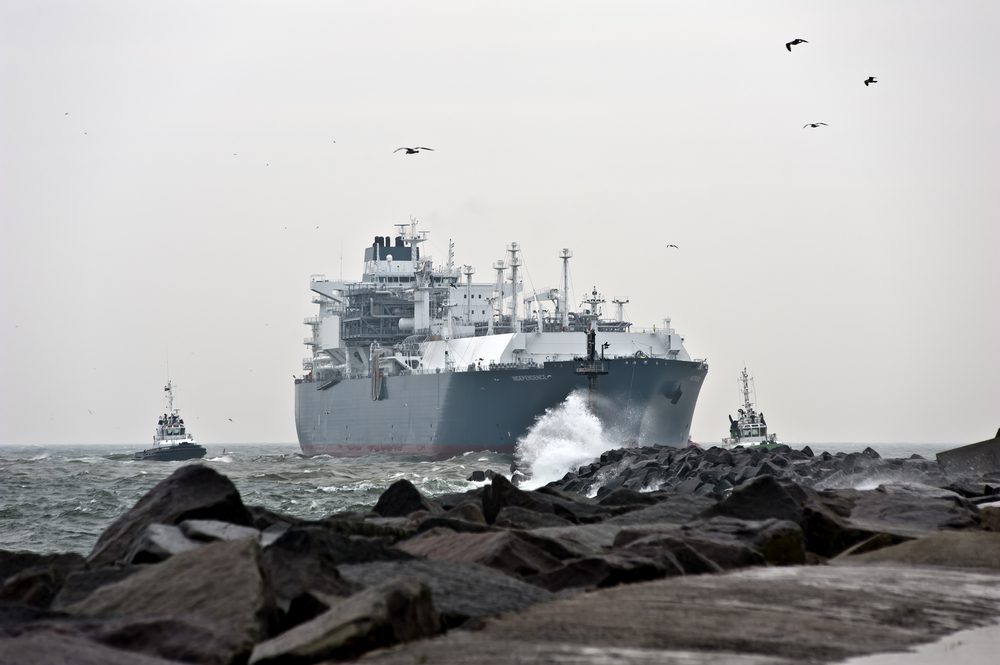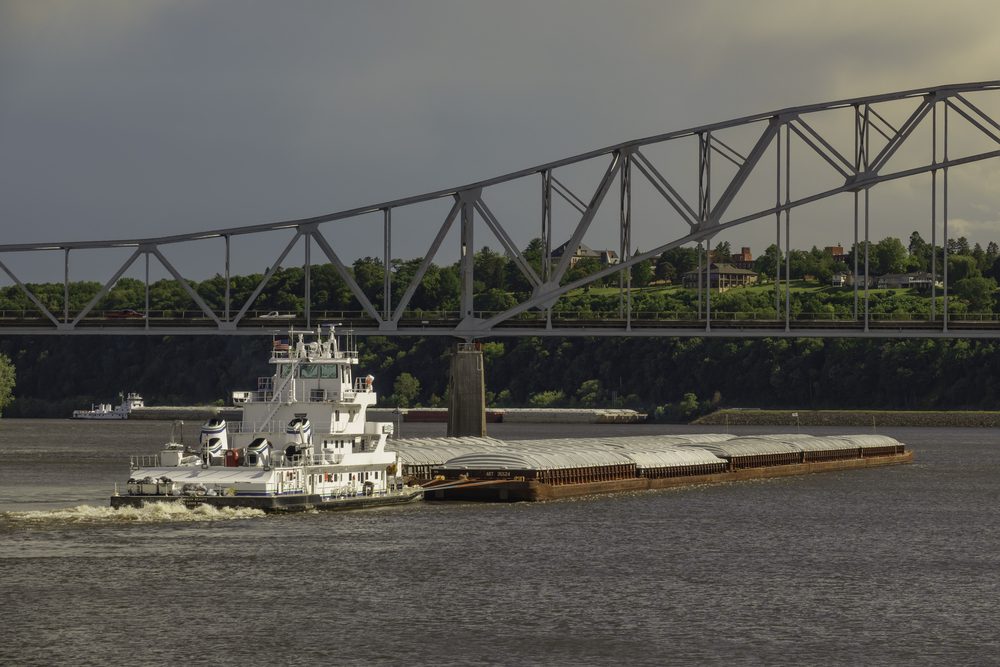By Tim Loh, Christine Buurma and Harry R. Weber
(Bloomberg) — For years, U.S. gas companies looking to export liquefied natural gas dreamed of a booming Asia. Now, with demand there falling and the first shipment weeks away, Europe has emerged as the unlikely savior.
European gas production is down and countries there want to get more of the heating and power plant fuel from places other than Russia –- a major supplier, but one that’s brought plenty of headaches.
“It’s going to make a lot more sense for the U.S. gas to flow into the European market,” said Jason Bordoff, director of Columbia University’s center on global energy policy. “European energy security” comes from having “a diversity of supply,” he said.
It’s the latest twist in the U.S. gas boom. A decade ago, Cheniere Energy Inc. was building LNG import terminals on the Gulf Coast because people thought the U.S. didn’t have enough of the fuel. Then came the shale revolution, prompting Cheniere to convert its Sabine Pass facility to export LNG. The first tanker is set to dock there as soon as next month.
Five U.S. liquefaction projects are now being built and they could have a combined capacity to ship 7.76 billion cubic feet of LNG a day by 2019, according to Bloomberg New Energy Finance. That’s enough to put the U.S. in the company of Russia and Qatar, the world’s largest gas exporters.
Companies like Annova LNG LLC are adapting to the shifting market. A couple of years ago, Annova President David Chung was brushing up on his Korean, thinking that’s the language buyers would speak. Increasingly, the Houston-based company is finding English will do.
“We have definitely been surprised by the level of interest in Europe,” said Mitchell Walk, director of LNG for the company, which is backed by Chicago-based electricity producer Exelon Corp.
Slowing Asian demand for gas is one factor behind the shift. China will only accept 77 percent of contracted cargoes in 2015 amid the country’s slowest economic growth since 1990, according to industry consultant IHS Inc.
Then there’s the fact that Asian gas prices are more heavily linked to crude oil than in Europe. In February 2014, spot LNG to northeast Asia fetched a record $19.70 per million British thermal units, according to the World Gas Intelligence publication in New York. Now, after the worst oil rout in a generation, it’s closer to $7 — not much higher than European prices — reducing the incentive to ship U.S. product halfway around the world.
U.S. gas has fallen 35 percent this year. Futures for January delivery were down 3.8 cents, or 2 percent, to $1.873 at 9:13 a.m. in New York.
“At a time when the Asian market is growing less strongly than before and there are so many export terminals under construction, a lot of this LNG is going to have to go to Europe,” said Massimo Di Odoardo, research director for European gas at Wood Mackenzie Ltd. in London.
Europe will probably double LNG imports between 2014 and 2020, the International Energy Agency projects. One reason for that is the Netherlands, where officials are slashing output at Europe’s most prolific gas field, Groningen, after years of earthquakes tied to drilling. Just a few hours south, at the country’s first LNG import terminal in Rotterdam, Rolf Brouwer is hoping to make up for the shortfall.
“We’re ready to accept more ships,” said Brouwer, managing director of the Gate terminal, which opened in 2011. “Some of that supply could potentially come from the U.S.”
Lithuania’s importing LNG, too. The small country on the Baltic Sea illustrates the continent’s concern about being dependent on Russia — and why it is looking more and more to the U.S. For years, the former Soviet republic procured all its oil and gas from Russia. And while the countries share a border, Lithuania paid some of Europe’s highest prices for the fuel, the country’s Energy Minister Rokas Masiulis said at a November conference in Istanbul.
Frustrated by that, Lithuania decided to build a floating LNG import terminal. Before the facility could even open, it negotiated a 23 percent discount from Gazprom PJSC, Russia’s energy giant, Masiulis said.
In February, Lithuanian gas trader Litgas signed an agreement with Cheniere to gain access to U.S. LNG.
“By being firm on this decision, we will always have the power in negotiations,” Masiulis said at the conference with a grin. “I would clearly recommend this to other countries in Europe and the world.”
–With assistance from Anna Shiryaevskaya.
©2015 Bloomberg News

 Join The Club
Join The Club











